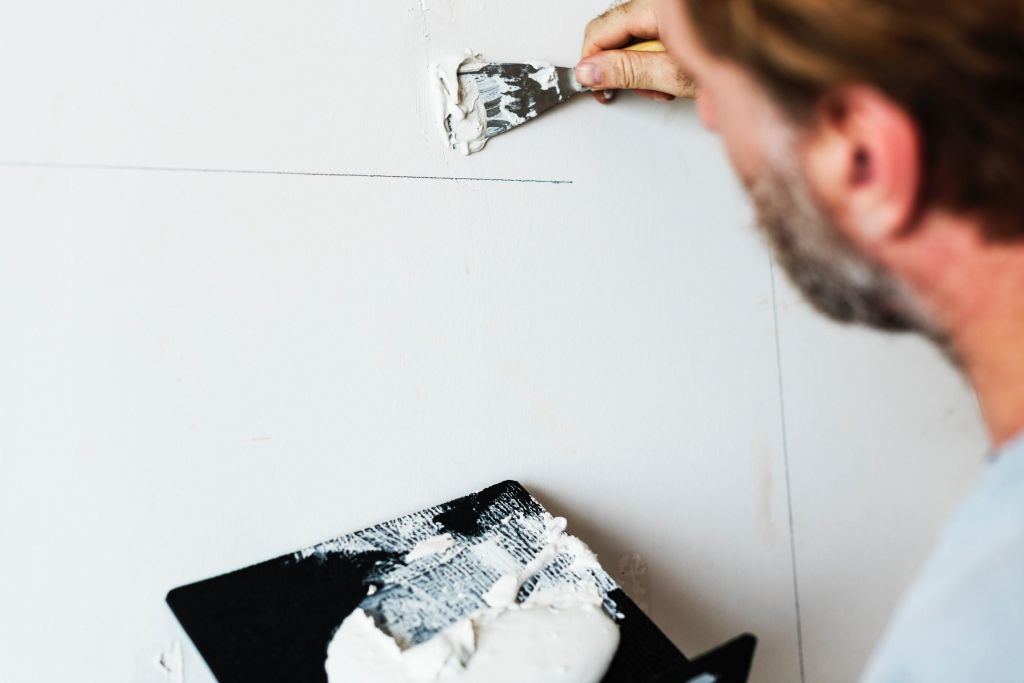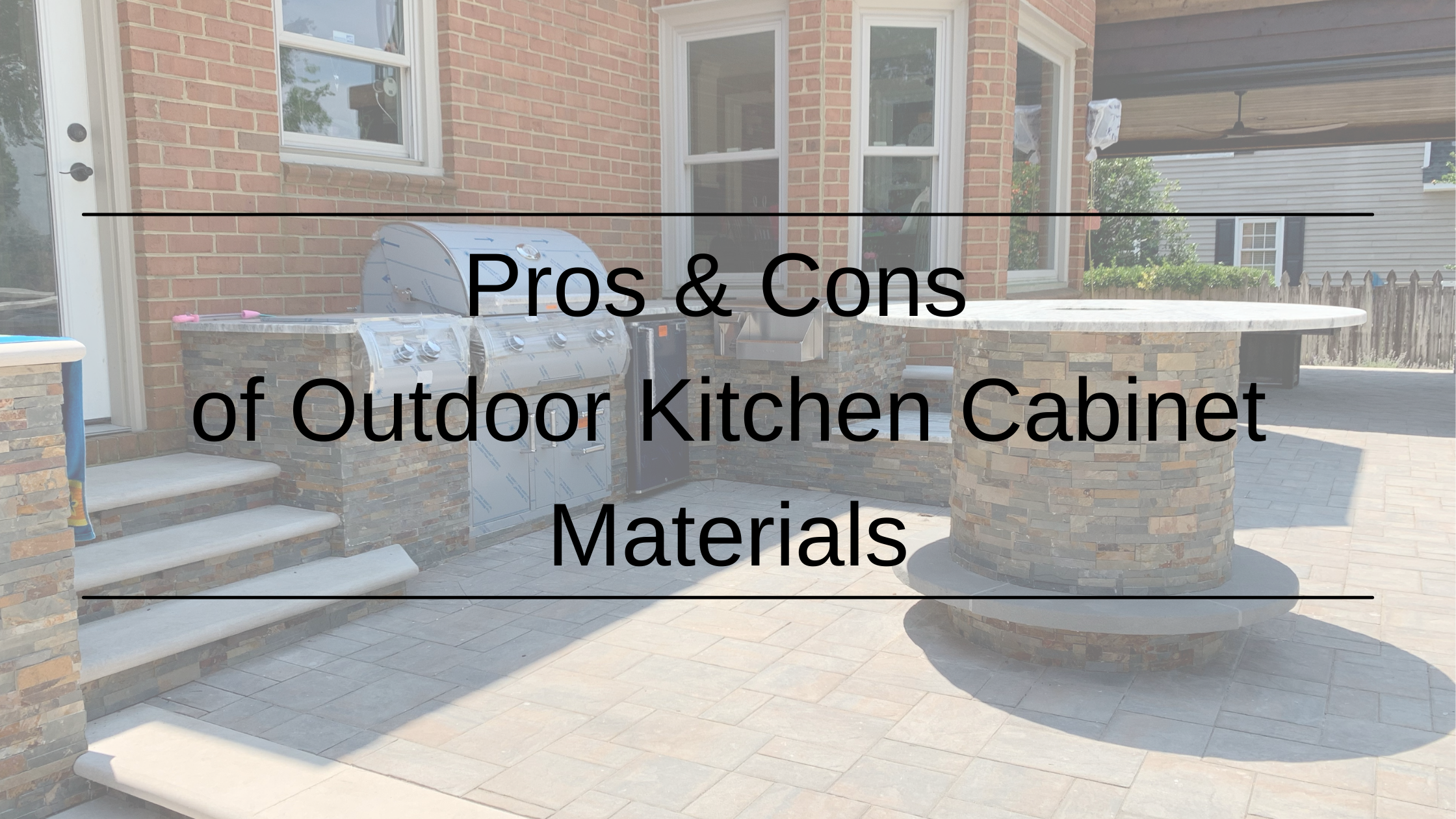This week we have a guest blogger, Ray, with DIYGUYS.NET. We hope you enjoy it!
The typical homeowner spends 1 percent of their home’s value every year on repairs and maintenance, Go Banking Rates reports. If you own a home worth $360,000, the US average, that’s $3,600 every year just to keep your house in good condition. With upkeep costs like that, it’s no wonder that more homeowners are turning to DIY repairs to save money. Of course, DIY isn’t always a good idea. Even projects that sound easy can end in disaster if you don’t know what you’re doing, lack the right equipment, or skirt around permitting laws. Spare yourself an expensive mistake and follow our advice for which repairs to DIY and which to leave to the pros.
 Traits of a Good DIY Project
Traits of a Good DIY Project
Can’t decide if you should do that home repair yourself? Before grabbing your trusty toolbox, ask yourself if the project fits these criteria.
- It’s within your skill level. Be honest with yourself. If you’ve never done your own home repairs, it’s best to start small and gain experience before tackling advanced projects.
- It requires equipment you already own or that’s cheap to buy. Buying and renting equipment can make a DIY project cost nearly as much as professional work. Especially if you need to rent heavy machinery, hiring contractors is likely the better deal.
- It’s low-risk. You might not do a perfect job the first time you paint a room, but a subpar paint job is simple to fix. Shoddy plumbing that ends with a flooded home? Not so much.
Traits of a Bad DIY Project
If your home repair shares any of these traits, cross it off your DIY list:
- It needs a permit. Permitting rules vary, but in general, securing a permit is a hassle. That doesn’t mean you should skip it — completing unpermitted work could land you in hot water with your city and HOA and devalue your home. Rather, you should educate yourself about the rules and let your contractor handle the permitting process.
- It involves working with hazardous substances. Exposing yourself to asbestos, mold, or pesticides could cost more in healthcare than it saves in home repairs.
- It could seriously damage your home. If you want to avoid floods, fires, and collapse, stay away from home repairs involving electrical work, plumbing, and structural repairs.
- It makes you nervous. While there is nothing wrong with stepping outside of your comfort zone, if your repair project makes you queasy, it might be time to call a pro. If you are unstable on the roof or are not experienced with electrical work, for example, you may do more harm than good. HomeAdvisor offers these safety tips for working on DIY home repair projects.
3 Home Repairs to Hire Out
Are you still unsure of which home repairs call for professional work? If so, here are three jobs you should never do yourself:
- Fixing landscape drainage problems: Poor drainage is bad for your lawn and your foundation, but solving drainage problems requires expertise. Pricing for drainage control systems starts around $10 per linear foot. A poorly done job here can cause flooding and water damage to your home.
- Removing trees: A tree falling in the wrong direction could damage your house, car, power lines, or you. Pay the $150-$1,500 for a tree service instead. Plus, your arborist will have the tools needed to get the job done right, and may be able to save trees that you would have cut down.
- Installing gas appliances: Even a minor gas leak caused by improper installation can be deadly. The extra $100-$200 for professional installation is worth the peace of mind. It doesn’t matter if it’s an outdoor oven or indoor water heater, gas leaks can be dangerous to your home and family. Don’t risk it.
3 Home Repairs to DIY
Don’t let us scare you away from DIY projects! These repairs are safe to do yourself:
- Repairing holes in the wall: Patching drywall is a fairly simple job, especially if you’re working with a small hole or crack. However, even larger holes are possible to DIY.
- Fixing leaky faucets: You shouldn’t take on major plumbing work yourself, but stopping a leaky faucet is a simple fix using tools you already own. Learn how at House Beautiful.
- Replacing a garbage disposal: When your garbage disposal dies, you don’t need to call a plumber or electrician. You can replace it yourself following basic instructions — just be sure to cut the power supply first.
Our rule of thumb? Don’t DIY anything that’s not easily fixed. Painting your kitchen a weird color or applying mismatched grout will cost some time and money to fix, but it’s not going to bankrupt you. However, if you take on major repairs and end up in over your head, you could do real damage that costs thousands in repairs and lost resale value. When it’s your biggest investment at stake, it makes sense to play it safe and hire pros.
Save The Crapes and Prune The Roses
Together We Can Stop Crape Murder Killing of [...]
Does Your Commercial Property Need Landscaping?
Landscaping can provide numerous benefits to commercial properties, contributing to [...]
Let’s Talk About Trees
Where to plant trees on your property... Planting trees [...]
5 Tips To Spruce Up Your Landscaping This Winter
1. Add a layer of mulch or pine straw [...]
Pros & Cons of Outdoor Kitchen Cabinetry Materials
In the past, selections for outdoor kitchen cabinetry was [...]
Painting Your Landscaping Red
Are you looking to spice up your landscaping? Here [...]





